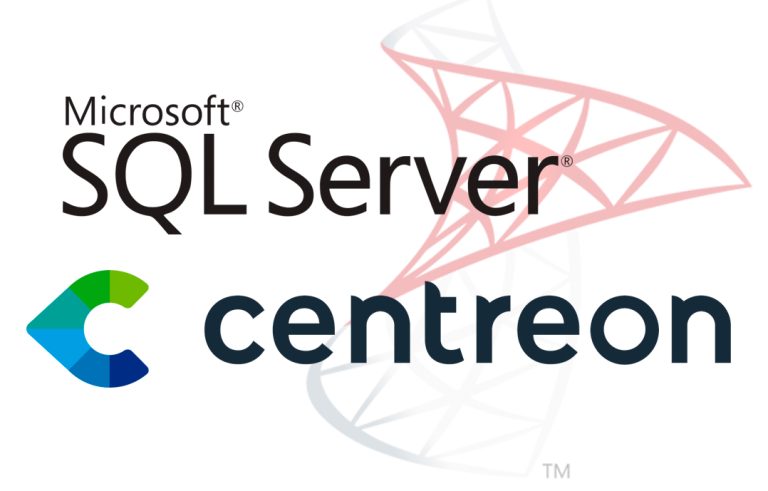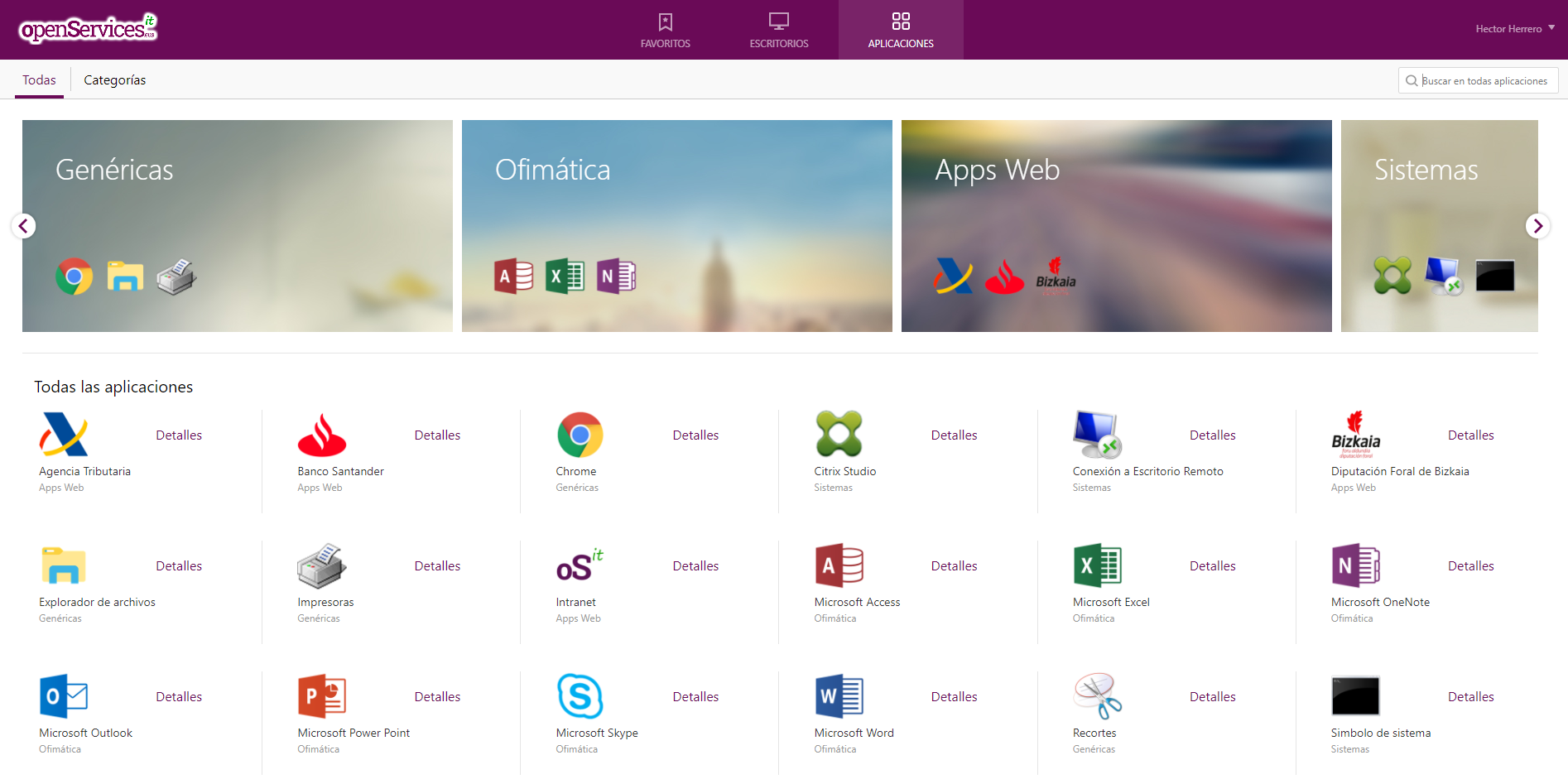
Migrate a Microsoft Exchange organization 2003 o Exchange 2000 to Microsoft Exchange 2007
Well, In this document we will see what is the migration process of an environment with Microsoft Exchange mail service 2003 to Microsoft Exchange 2007. We must bear in mind that it is not possible to perform the migration on the Exchange server 2003 in situ, if not we must, first prepare the Active Directory schema to support an Exchange 2007, then we will perform the Exchange installation 2007 on another server, once the installation is complete, we will replicate the public folders and migrate the Exchange server mailboxes 2003 to the Exchange 2007. We will finally uninstall the Exchange 2003 of our organization.
Prerequisites for Microsoft Exchange Installation 2007 – HERE,
Prepare Active Directory for Microsoft Exchange 2007 – HERE (Document on another website Bujarra.com)
Installation of the first Microsoft Exchange server 2007 – HERE
Migrate private mailboxes and public mailboxes to the MS Exchange server 2007 – HERE,
Uninstallation of Microsoft Exchange servers 2003 – HERE
Prerequisites for Microsoft Exchange Installation 2007,
Before starting the installation of any Microsoft Exchange server 2007, we need to meet certain requirements for the Exchange installation 2007. Such as those detailed below.

On the server where we will install Microsoft Exchange 2007 we will need to consider different application-level requirements needed, below are the requirements depending on the Operating System of the server to be a mail server:
– Windows 2003: SP2, .NET Framework 2.0, Microsoft Windows PowerShell 1.0, MMC 3.0, Internet Information Services (IIS) and in principle ASP .NET.
– Windows 2008: Microsoft .NET Framework 3.0 and Microsoft Windows PowerShell 1.0 (They are installed as a Windows feature).

Another step is to consider the operation mode of our Exchange organization, it should not be a 'Mixed Mode', but rather 'Native Mode'. To do this,, We open the “Exchange System Administrator” and regarding our Exchange organization with a right click > “Properties”,
Differences between Mixed Mode and Native Mode: HERE

We can verify it in “Operation mode”, we will need to have a 'native mode', so if we have Mixed, we change it from the button “Change the mode”,

We will keep in mind that we will not be able to return to a previous state, so our Exchange servers will at least be Microsoft Exchange 2000 or higher; we confirm with a “Yes”,

Correct, we would accept.

And also prior to the installation of a Microsoft Exchange server, 2007, we need to have the existing Exchange servers updated at the service pack level,:
– Exchange 2003 SP2
– Exchange 2000 SP3 + PostSP3.
Installation of the first Microsoft Exchange server 2007,
Once we meet all the requirements,, both software and hardware, (HERE), we must begin the installation of the first server with Exchange. 2007, For this, we can use this document that explains how to install an Exchange server. 2007 – HERE. It will simply change one option during the installation wizard,, where we will need to choose an existing Exchange server in the organization to join it and use it as a connector between them..

During the installation wizard process,, this new screen will appear., que simplemente es para configurar cómo queremos que pase el flujo de correo entre este futuro servidor y alguno existente. Esto en principio nos creará un conector entre los servidores Exchange 2007 and the 2000 or 2003. Click on “Examine” para seleccionar el servidor de correo que queremos que le pase a este servidor los correos o nosotros a él para la salida de mails.

Nos sale un listado con todos los servidores Exchange que tenemos en nuestra Organización Exchange, seleccionamos el servidor que nos interese y Aceptamos,

“Following” y seguimos el asistente de instalación normal que sigue en este documento – HERE.
Migrate private mailboxes and public mailboxes to the MS Exchange server 2007,
Una vez que ya tenemos el servidor Exchange 2007 installed, lo único que nos queda es ir migrando los buzones de los usuarios a este nuevo servidor, así como las carpetas públicas o las funciones que usemos. In principle, there is a connector between the old Exchanges and this new one that is supposed to work correctly (in my personal experience, it's not always the case). The mailbox migration is transparent to the users, if the mode of operation of Outlook is that of Exchange, they will automatically be changed to which is their Exchange server. Of course,, if they have Outlook open and their mailbox is being migrated, it may freeze for them during the migration time, but nothing more. If our clients connect via POP or SMTP to the Exchange server, we will need to change the new email server address in their Outlooks. Y por último en el firewall o router deberemos cambiar el redireccionamiento del puerto SMTP 25tcp del servidor Exchange viejo al nuevo, para que así le entre directamente el correo a él. Así como cuando vayamos a quitar los Exchange viejos borraremos los conectores existentes en el Exchange 2007 y tendremos sólo un conector para enviar y otro para recibir.

Para mover los buzones es muy fácil, se debe hacer desde la “Exchange Management Console” 2007, in “Recipient settings”. Ahí veremos los usuarios que tienen buzón en nuestra organización Exchange, para mover sus buzones de un servidor a otro es tan fácil, como seleccionar el buzón, con botón derecho en cada nombre que nos interese migrar y “Mover buzón…”

Nos sale un asistente para migrar el buzón, debemos seleccionar el servidor destino, para ello marcaremos el servidor con edición 2007, ahora seleccionamos el ‘Grupo de almacenamiento’ donde queremos meter estos buzones, y dentro del grupo de almacenamiento selecionamos la ‘Base de datos de buzones’. “Following”,

En las “Opciones de mover” tenemos opciones por si nos fallan algunos buzones al mover las opciones que podemos tener. Can “Omitir el buzón” o directamente algo más salvaje pero eficaz: “Omitir los mensajes dañados”. “Following”. Si tenemos problemas a la hora de mover buzones por que están dañados, siempre podremos exportar el correo del usuario en cuestión a un PST o bien con Exmerge (HERE) o bien desde el Outlook exportando todo a un PST, eliminar su buzón, crearlo en el nuevo servidor e importar el PST en el buzón nuevo.

And we will also be able to move the emails immediately or we could schedule their movement if we are interested in doing it at a time that does not affect users.. So we select either “Immediately” or “The next hour of the day” and we set it up.. We could also cancel the movement of the mailboxes in case it gets blocked after a certain period by marking “Cancel tasks still in progress after (hours)”, “Following”,

We confirm that these are the mailboxes we want to move., Click on “Move” If everything is alright,

… We wait while it migrates the mailboxes from one server to another.…

GOOD, We check if all have moved perfectly and click on “End”.
With this, we already know how to migrate users' mailboxes from one Exchange server to another..

Now, public folders, these folders cannot be moved., if they are not replicated between Exchange servers. a trick can always be, to export the public folders to a PST file from an Outlook that is connected to an old Exchange server and has access to all the folders, and then import them from an Outlook configured against the other Exchange, note that permissions would be lost this way, but if we are having problems it is a solution.
GOOD, to configure the replication of multiple folders (subfolders) we can use the option to propagate the configuration from the main directory – HERE. Well, to configure the replication in a public folder of an Exchange server 2000 or 2003 to Exchange 2007, We open the console “Exchange system administrator”, We're going to “Administrative Groups” > OUR_GROUP > “Folders” > “Public folders”, and for each folder right-click > “Properties”,

On the “Replication” we need to add Exchange servers to replicate this folder, So we click on “Add…”

Nos salen los servidores Exchange con almacenes públicos, seleccionamos el 2007 que nos interese y aceptamos.

Debemos configurar el “Intervalo de replicación de carpetas públicas” para configurar cada cuanto queremos que se repliquen estas carpetas públicas, podemos poner “Always run” o podríamos personalizarlo desde “Personalizar…”, además si hay mucha carga en el servidor siempre podríamos configurar una prioridad desde “Prioridad del mensaje de replicación” para que consuma más o menos carga en los servidores.

Una vez que hayamos comprobado que las carpetas públicas ya están en el otro servidor con todo su contenido podríamos eliminar ya la réplica de estos directorios desde esta misma pantalla, seleccionando el servidor Exchange viejo y pulsando “Remove”, además podríamos eliminar ya las carpetas públicas de este servidor.

Como vemos en la consola de “Exchange System Administrator” podemos ver los dos conectores que nos ha creado para comunicar el servidor Exchange 2003 con el 2007, uno para sentido. Una vez que el SMTP entre directamente al servidor Exchange 2007 nuevo y los buzones estén también en él, podríamos eliminar estos conectores. Es más, es obligatorio antes de desinstalar Exchange. Y en el 2007 configuraríamos el conector de Envío para que envíe directamente por él y los correos no sean enrutados por otros servidores Exchange. Así como la entrada.
Uninstallation of Microsoft Exchange servers 2003,

Una vez ya tenemos todo en el servidor Exchange 2007, ya podríamos desinstalar el servidor MS Exchange 2003 or 2000, pero antes de eso, debemos cambiar una opción en los servidores antiguos. Esto es más un bug de Microsoft que otra cosa. We need to change which server is the RUS or Recipient Update Service for our organization, To do this, we open the console “Exchange system administrator”, We're going to “Destinatatios” > “Servicios de actualización de destinatarios” y en cada recipiente con botón derecho > “Properties”,

In the option “Exchange Server” debemos cambiar quien es el servidor, Click on “Examine”,

Escribimos el nombre de un servidor Exchange 2007 and accept.

Aceptar y listo. Ahora ya no queda más que desinstalar los servidores Exchange obsoletos, siguiendo el procedimiento para desinstalar de forma correcta cada servidor Exchange 2000 o Exchange 2003 existentes en nuestra organización – HERE
Y finalmente actualizaremos las listas de direcciones desde powershell con los siguientes comandos:
Set-AddressList “All users” -IncludedRecipients MailboxUsers
Set-AddressList “All Groups” -IncludedRecipients MailGroups
Set-AddressList “All contacts” -IncludedRecipients MailContacts
Set-AddressList “Public folders” -RecipientFilter { RecipientType -eq 'PublicFolder’ }
Set-GlobalAddressList “Default Global Address List” -RecipientFilter {(Alias -ne $null -and (ObjectClass -eq 'user’ -or ObjectClass -eq 'contact’ -or ObjectClass -eq 'msExchSystemMailbox’ -or ObjectClass -eq 'msExchDynamicDistributionList’ -or ObjectClass -eq 'group’ -or ObjectClass -eq 'publicFolder'))}
www.bujarra.com – Héctor Herrero – Nh*****@*****ra.com – v 1.0










































